Æ conducts archival research, field surveys, and other investigations to evaluate archaeological sites with respect to their eligibility for national, state, and local registers, and to avoid, minimize, or mitigate project effects/impacts on prehistoric and historical resources.
We have a thorough working knowledge of the California Environmental Quality Act (CEQA), the National Environmental Policy Act (NEPA), and the National Historic Preservation Act (NHPA, most notably, Section 106). Based upon this knowledge, we have completed thousands of cultural resource studies and environmental documents. Additionally, Æ employs specialists in historic-preservation law and Native American consultation who have extensive experience with compliance issues and working directly with tribes. Our senior personnel have also taught Native American monitor training classes and consulted with tribes on behalf of government agencies. Æ’s staff maintains excellent working relationships with State Historic Preservation Officers (SHPOs), various federal and state land-management agencies, and Native American commissions and organizations.
The Prehistoric Archaeology Program reflects the range of clients and the nature of ancient sites investigated and treated in the geographically diverse regions found in California, Nevada, Oregon, Washington, and Idaho. Our experienced staff has performed a wide variety of tasks in support of hydroelectric, wind, and solar energy developments; electric, natural gas, and water transmission projects; water reclamation and riparian habitat restoration; municipal utility developments; forest management; military infrastructure; recreational and residential developments; and environmental planning.
Æ has demonstrated capability in directing a large staff of professional archaeologists, diverse technical specialists, subcontractors, and Native American consultants to complete projects of limited scope as well as large-scale multi-year research, educational outreach, and public interpretation programs. Common tasks associated with the lifespan of a proposed development project include feasibility studies for environmental planning documents, background research and predictive modeling, archaeological field surveys, archaeological site testing and evaluation, preparation of Historic Property Treatment Plans, intensive data recovery excavation, laboratory processing, data analysis and technical reporting, construction monitoring, and emergency archaeological treatment of sites discovered during construction. We have built solid working relationships with tribal groups throughout the central and southern California such as the Cahuilla, Luiseño, Gabrielino (Tongva), Serrano, Yokuts, and Chumash. These relationships have facilitated development of memoranda of agreement and Native American burial agreements to guide the treatment of cultural resources found at archaeological sites ranging from historical refuse deposits to Native American sites with human burials.
Prehistoric archaeological resources investigated by Æ include: large, complex sites with diverse artifacts and earth ovens in the Northwest; sites rich in shell beads and stone tools along the ancient lake shorelines of interior California; complex village sites and plant processing locales important to Native American tribes in the San Joaquin watersheds; grinding rocks, pictographs, and granaries in the Sierra Nevada; ancient coastal shell mounds; and Indian settlements associated with early California missions.
Historical Archaeology Program staff are experienced in historical archaeology, urban archaeology, archival research, landscape assessments, material culture analysis, and artifact conservation. Æ has completed projects in such urban areas as Los Angeles, Sacramento, San Luis Obispo, and Santa Barbara as well as in the rural countryside of southern and central California, and at historic work camps in the Sierra Nevada. Past projects range from large-scale testing/data recovery programs to inventory and assessment of expansive rural homesteads. The company’s historical archaeologists have worked at remediation sites including a tank farm in Avila Beach and the area occupied by a former manufactured gas plants in Santa Barbara and Fresno. Many of its staff have Hazardous Waste and Emergency Response (HAZWOPER) training. The program also maintains a large laboratory in the Hemet office for historical artifact analysis.
Applied EarthWorks has a large contingent of HAZWOPER certified archaeologists on staff.
Æ’s Geoarchaeology Program employs geology, geography, soil science, and other earth studies to gain insight into archaeological patterns. The program lead and support staff have developed sensitivity models for buried archaeological resources, paleoenvironment reconstructions, and buried site testing in the Central Valley, southern California coast and deserts, and Central Coast. Recent projects include testing for buried archaeological resources at the Los Angeles Veteran’s Association Hospital for a campus-wide solar project; testing for buried prehistoric resources adjacent to gas pipelines in the Cholame Valley, San Luis Obispo County; and developing a buried site sensitivity model for the a large housing project in Hesperia, California. Use of geoarchaeology has allowed archaeological project managers to focus construction monitoring efficiently while decreasing the chance of unanticipated archaeological discoveries, thus allowing clients to maintain schedules and reduce costs. It is also an essential tool used to assist clients in project design and routing and siting studies.



